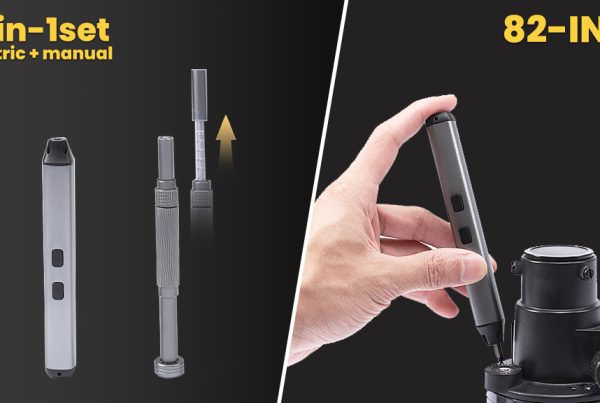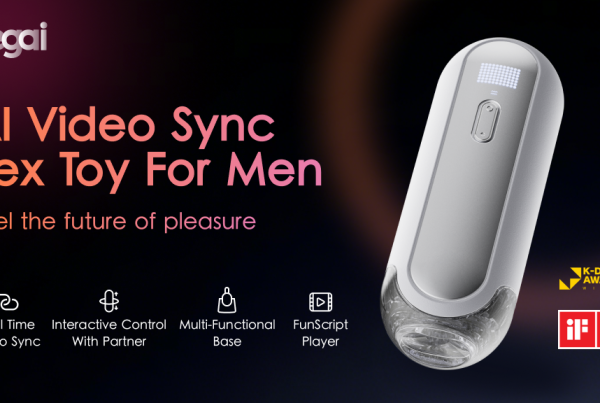Why should we back?
Intro
Hello, Kickstarter fans and home-improvement lovers—this is Jason from KickstartNew. Today I’m featuring a clever bathroom gadget with a simple but powerful promise: Huro Swipe – “Swipe, Catch, Shine: Your Bathroom Is Done!” On the Kickstarter page, the team claims their design can catch 100% of the water when you swipe, eliminating drips and making bathroom cleaning easier.

Why should I back this project?
-
Patented water-collecting design
The core innovation is a “water-catching angle” engineered to collect essentially all the water as you swipe, reducing drips and water leftover.
That means fewer water spots, less cleaning of floors or countertops, and less residual mess. -
3-in-1 no-switch design
Rather than toggling settings or sliding levers, the product is designed to work seamlessly in one mode—just swipe when needed.
That simplicity can increase everyday usability and lower the friction to adopt it into your routine. -
Strong early backing and traction
As of now, the campaign is already “Funded – In Progress,” having exceeded its modest goal.
This suggests there’s genuine demand, which helps justify scaling production and pushing toward delivery. -
Cleaner bathroom experience with less mess
If it works as advertised, the product promises a more hygienic bathroom environment, fewer dripping walls, and less sliding of water into adjacent zones. That’s appealing especially in tight bathrooms or shared spaces. -
Modest goal / manageable scope
The funding goal was relatively small ($2,000) and the campaign has far surpassed it.
Projects with modest goals are sometimes less overextended, giving them a better chance to fulfill.

What are the potential drawbacks you should consider when you back it?
-
Prototype vs. mass production gap
The product’s performance may degrade when moving from prototype to large-scale manufacturing. The water-catching angle must be precise; small deviations could reduce effectiveness. -
Durability and wear over time
Repeated use, exposure to soaps, humidity, hard water, or cleaning chemicals might degrade seals, coatings, or edge surfaces. Over time, the catch mechanism may lose effectiveness. -
Shipping damage or packaging issues
Even though this is not a fragile electronic device, parts can warp, shift, or deform during shipping. If packaging isn’t robust, misalignment may occur. International backers especially should watch for damage or customs delays. -
Limited adaptability to different bathroom configurations
Bathrooms differ in layout, wall material, tile joints, angles, or curvature. The product may not perform as intended against uneven or non-flat surfaces. -
Unclear long-term maintenance or replacement parts
If parts wear out, will the creators offer replacement modules? If not, performance over time might be harder to maintain. -
Overpromise risk
The claim of “catching 100% of the water” is strong. If real-world usage falls short, backers may feel disappointed. It’s wise to treat it as an ambitious ideal rather than guaranteed perfection.

The reliability of the project
-
Active funding & community momentum
The campaign is already “Funded – In Progress,” and currently sits well above its goal.
A healthy backing suggests sufficient monetary backing to begin production. -
Transparent features and claims
The campaign clearly describes its patented angle, 3-in-1 design, quick release, and zero blind spots.
That level of detail (rather than vague promises) is a good sign. -
Community / backer communication
The project maintains a community page and has responses in the comments.
It’s important that the creators respond to questions and post updates; that builds trust. -
Modest scale and manageable complexity
Because the device is mechanical (rather than involving complex electronics or software), it may face fewer complications in scaling. Its goal and scope are not overly ambitious. That increases the chance of realistic execution. -
Lack of very long track record or independent validation
I did not find clear evidence of previous Kickstarter successes from the same team or independent third-party testing (from publicly available sources). That’s a caution flag: backers must rely more on ongoing transparency from the team. -
Risk disclosures
In an ideal campaign, the creators present known risks (manufacturing tolerances, shipping, material fatigue). If they do so in updates or FAQs, that increases reliability. I saw an FAQ section on the campaign.




